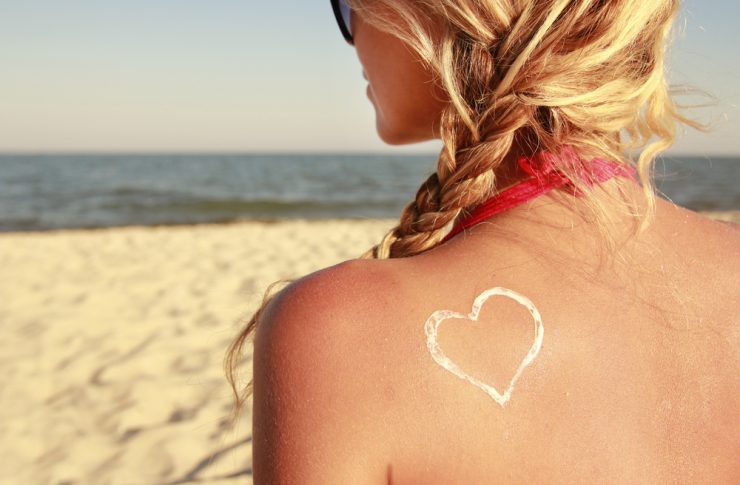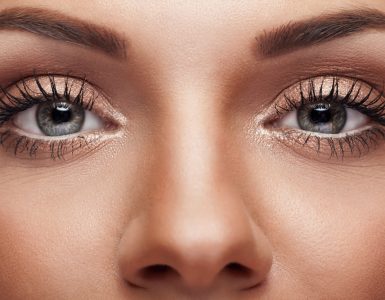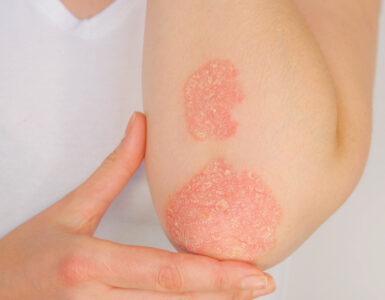We all want that sun-kissed glow but warm weather problems such as spots and rashes, or worse still frazzled red patches, can quickly put paid to that.
Editor Jane Garton looks at some common summer skin problems and what you can do to help keep them in check.
SKIN RASHES
An allergy to sun creams, a reaction to unusual foreign foods, insect bites and staying too long in the sun are all possible triggers. Rashes usually take around 12 hours to develop and can be hot and inflamed.
Beat it:
Calendula cream can help ease the pain and irritation. Make sure you drink plenty of water to help flush out the system. If the rash persists, or you can’t identify and treat the cause, always see a doctor.
PRICKLY HEAT
Prickly heat happens when the sweat glands become blocked by excessive sweating, causing a rash to erupt some days later. Symptoms include a rash with small red spots, an itchy, prickly feeling, redness and mild swelling.
Beat it:
Aloe vera will help soothe the itch and wearing loose clothes can help stop skin over heating. Cool the affected area with a damp compress or ice pack, and resist the temptation to scratch.
COLD SORES
The sun’s hot rays or the sea’s cold winds can trigger summer cold sores. If you are prone to these fluid-filled blisters that form on the lips, caused by the herpes simplex virus, take extra care if the sun is shining. Late nights, a depressed immune system and stress are other possible triggers.
Beat it:
Slather lips with a protective salve with at least an SPF15 before going out in the sun. If you do start to feel the familiar tingling, dab the area with a few drops of tea tree oil. It can be used at full-strength, but if you have sensitive skin, it is better to dilute it at one part water, one part tea tree oil. Apply with a cotton swab.
BLOCKED PORES AND SPOTS
Hot steamy days can spell misery for those of us prone to spot outbreaks. The sun stimulates sebum secretion and can aggravate acne, while warmer temperatures and sun protection cream can block pores if your skin is on the sensitive side.
Beat it:
A couple of drops of an antiseptic oil such as tea tree can help to dry out blemishes while adopting a thorough cleansing regime to rid skin of any residue sun cream or oil is a must.
A few tweaks to your summer diet may also help. Make sure oily fish and seeds feature on your daily menu – both are a good source of essential fatty acids, which are essential for good skin health. Meanwhile, steer clear of sugary foods, such as ice cream, which can trigger pimples. A vitamin B complex can also help improve blood flow while zinc can help to heal skin.
DRY SKIN
Spending time in the sea and the sun can quickly dry out skin, leaving it rough and flaky.
Beat it:
The secret is to keep skin well hydrated at all times. Increase your intake of water and after night-time cleansing splash your face with cold water before applying a rich moisturiser. Always use an after-sun moisturiser over your entire body each evening after showering.
SUNBURN
Inflammation caused by over-exposure to the sun’s burning rays causes the skin to become red, warm and tender and increases the risk of skin cancer. Experts say it’s vital to protect against sun at every age, as the risk of skin cancer is cumulative.[I]
Beat it:
Use a high-protection SPF, cover up, wear a wide-brimmed hat and seek shade especially between 11 a.m. and 3 p.m. Don’t forget you can still burn even when it’s cloudy or windy. If you are unlucky enough to get burnt, go indoors or seek some shade as soon as possible and wear clothes that cover the affected area until it has healed.
Cooling measures include a cold bath or shower, cold compresses and applying an aloe vera based lotion or gel. If sunburn is severe or extends over a large area of skin, you develop a fever or start to feel unwell, always see your doctor.
[i] https://www.ncbi.nlm.nih.gov/pmc/articles/PMC2873840/
























Add comment